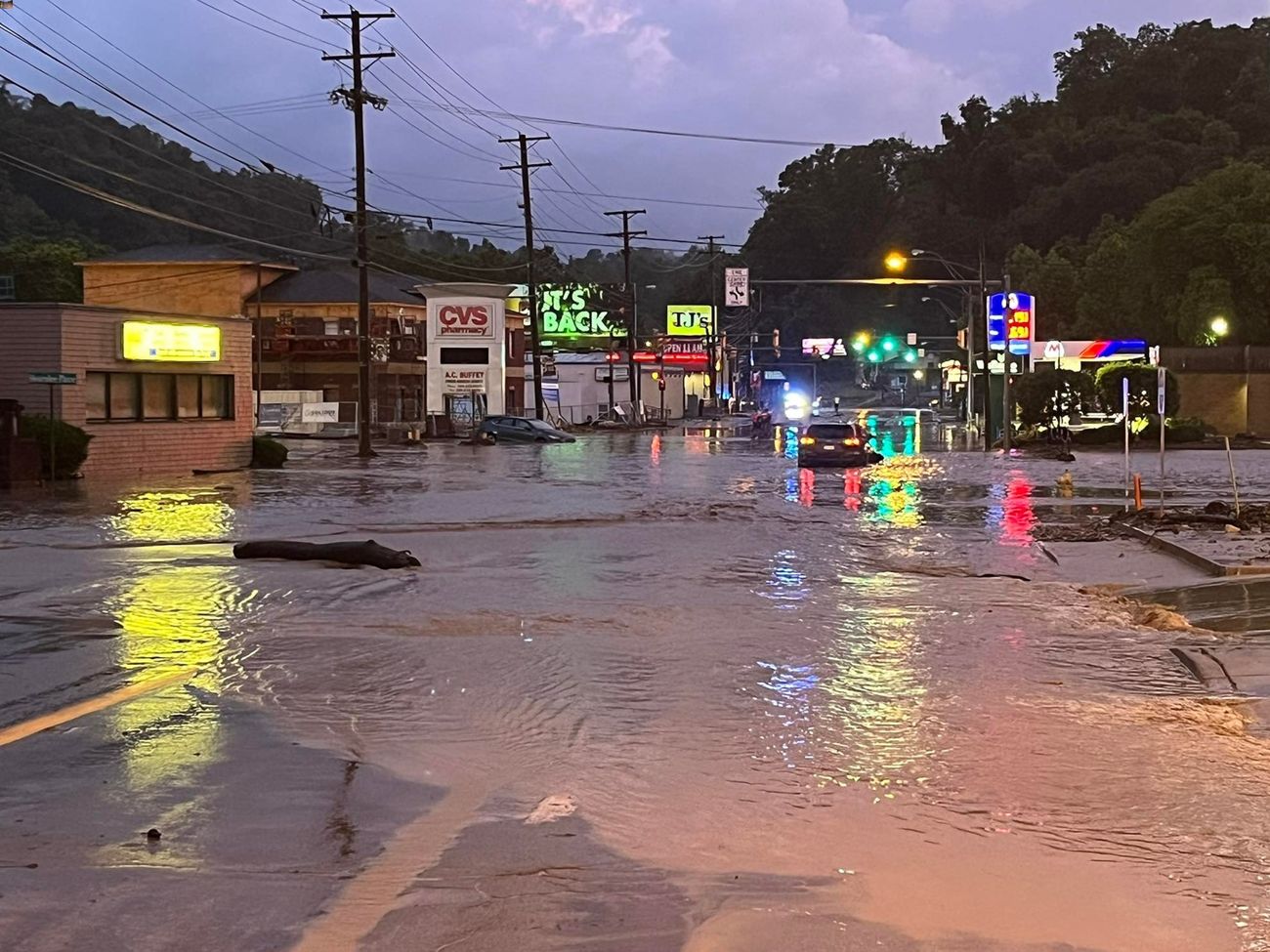
What caused the West Virginia floods? The West Virginia floods were primarily caused by a combination of heavy rainfall and the region's unique topography. Intense storms dumped massive amounts of rain in a short period, overwhelming rivers and streams. The mountainous terrain of West Virginia exacerbated the situation, funneling water into narrow valleys and causing rapid rises in water levels. Additionally, deforestation and urban development reduced the land's ability to absorb water, increasing runoff. These factors combined to create a perfect storm, leading to devastating floods that impacted countless communities. Understanding these causes helps in preparing for future events and mitigating damage.
The Devastating Impact of the West Virginia Floods
The West Virginia floods have left a significant mark on the state's history. These natural disasters have caused widespread damage, affecting countless lives and reshaping the landscape. Here are some compelling facts about these catastrophic events.
-
The 2016 West Virginia flood was one of the deadliest in the state's history, claiming 23 lives.
-
Over 1,200 homes were destroyed in the 2016 flood, leaving many families homeless.
-
The floods caused an estimated $1.1 billion in damages, impacting infrastructure, homes, and businesses.
-
Heavy rainfall, with some areas receiving up to 10 inches in a single day, was the primary cause of the 2016 flood.
-
The Elk River, one of the main rivers in West Virginia, reached record-high levels during the 2016 flood.
Historical Flood Events in West Virginia
West Virginia has experienced several significant flood events throughout its history. These floods have shaped the state's development and response strategies.
-
The 1985 flood, known as the Election Day Flood, caused extensive damage and claimed 47 lives.
-
In 1937, the Ohio River flood affected multiple states, including West Virginia, causing widespread devastation.
-
The 1943 flood in West Virginia led to the creation of the Kanawha River flood control project.
-
Floods in the 1970s prompted the state to invest in better flood management and emergency response systems.
-
The 2001 flood in southern West Virginia resulted in significant damage to coal mining operations and infrastructure.
Environmental and Economic Impact
Floods in West Virginia have had far-reaching environmental and economic consequences. These events have affected the state's natural resources and economy in various ways.
-
Flooding has led to soil erosion and loss of fertile land, impacting agriculture in the region.
-
The timber industry has suffered due to flood damage to forests and logging operations.
-
Floods have disrupted coal mining activities, a major economic driver in West Virginia.
-
Water contamination from flooded industrial sites has posed significant environmental hazards.
-
The tourism industry has been affected by damage to natural attractions and infrastructure.
Community Response and Recovery
Communities in West Virginia have shown remarkable resilience in the face of flooding. Recovery efforts have been extensive and ongoing.
-
Local volunteers played a crucial role in rescue and relief efforts during the 2016 flood.
-
Federal aid, including assistance from FEMA, has been vital in rebuilding efforts.
-
Community organizations have provided support and resources to affected families.
-
Flood recovery has included rebuilding homes, schools, and public facilities to better withstand future floods.
-
Education and awareness programs have been implemented to prepare residents for future flood events.
Reflecting on the West Virginia Floods
The West Virginia floods left a lasting impact on the state and its residents. These floods, caused by heavy rainfall, led to significant property damage, loss of life, and long-term economic challenges. Communities came together to support each other, showcasing the resilience and strength of the human spirit. The floods also highlighted the importance of disaster preparedness and the need for improved infrastructure to withstand such natural disasters.
Understanding the causes and effects of these floods can help us better prepare for future events. It’s crucial to learn from past experiences to minimize damage and protect lives. The West Virginia floods serve as a stark reminder of nature's power and our responsibility to respect and prepare for it. By staying informed and proactive, we can work towards a safer and more resilient future for all.
Was this page helpful?
Our commitment to delivering trustworthy and engaging content is at the heart of what we do. Each fact on our site is contributed by real users like you, bringing a wealth of diverse insights and information. To ensure the highest standards of accuracy and reliability, our dedicated editors meticulously review each submission. This process guarantees that the facts we share are not only fascinating but also credible. Trust in our commitment to quality and authenticity as you explore and learn with us.
